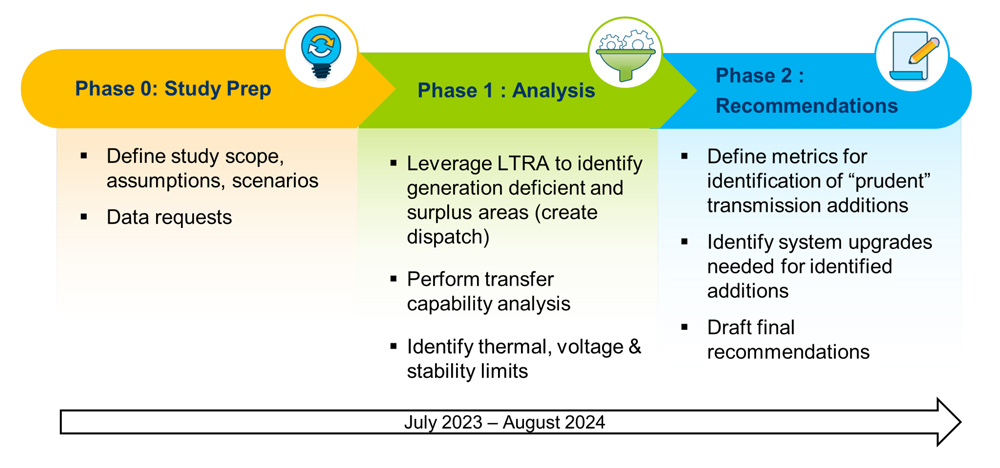Only about one in three state and local jurisdictions across the U.S. have adopted the most recent ― meaning the most energy-efficient and resilient ― building performance standards, and the Department of Energy on Wednesday announced $90 million in grants to help some of the other two-thirds get up to code.
Funded by the Infrastructure Investment and Jobs Act, the awards are going to 27 projects across 26 states and Washington, D.C., “to ensure buildings meet the latest standards for energy efficiency,” according to the DOE announcement. “Modernizing energy codes is one of the most cost-effective ways to improve energy efficiency in homes and businesses and make communities more resilient to extreme weather events.”
The list of awardees range from organizations such as the American Council for an Energy-Efficient Economy (ACEEE), which will establish a National Building Codes Collaborative, to the University of Cincinnati, which will study cost-effective ways for Ohio’s large cities to design and implement efficient, equitable building codes.
Grants range from $1 million to ACEEE’s $9.6 million.
“Cutting emissions from buildings across America and ensuring they’re more energy efficient are critical components of President Biden’s plan to tackle the climate crisis and create cleaner, healthier communities,” Energy Secretary Jennifer Granholm said in the announcement.
The announcement comes as temperatures climbed into triple digits — and excessive heat warnings and watches were issued — in the Southwest, Texas and southern Florida.
According to DOE, the U.S. has about 130 million commercial and residential buildings that are responsible for 35% of the country’s total greenhouse gas emissions. The most recent building code — the 2021 International Energy Conservation Code (IECC) issued by the International Code Council — has been adopted by only five states, according to DOE’s Building Energy Codes Program: Vermont, Connecticut, New Jersey, California and Washington.
Half of the states are using codes that are more than 10 years old. The code is updated every three years, and work is underway on the version to be released in 2024.
An additional eight states are home-rule states, which have no statewide building codes; local jurisdictions determine what building codes are adopted. For example, in Colorado, Denver has adopted a “green” code that encourages energy-efficient, emission-cutting design and construction.
The impact of adopting more efficient codes can be significant. Homes built to current code are 40% more efficient than those built 15 years ago, DOE said. The department estimates that modernizing building codes across the country could save consumers $138 billion through 2040 while cutting GHG emissions by 900 million metric tons.
National Building Code Collaborative
Based on the list of awardees, the DOE funding is targeting regional and collaborative efforts with the potential to create replicable models that can be used in other jurisdictions.
ACEEE is working with the National Association of State Energy Officials and the Urban Sustainability Directors Network to establish the National Building Codes Collaborative, said Amber Wood, director of building programs.
“The big overarching view is that we intend the collaborative to basically … have webinars and technical assistance sessions where anyone and everyone is welcome,” Wood said in an interview with NetZero Insider. The goal, she said, is “advancing building energy codes … so we’re talking about new buildings as well as increasingly talking about building performance standards for existing buildings.”
In addition, ACEEE will be working directly with four states where the organization will provide staff “to help advance their energy code and build capacity,” she said. The states include home-rule state Colorado; Louisiana and Michigan, both of which have not updated their codes since the 2009 version of the IECC; and New Jersey, which has adopted the 2021 IECC but is getting ready for the 2024 update.
Wood says the roadblocks to building code updates may vary across states. “It depends on … how the legislation is set up. Is there opportunity to advance it?” she asked. “There’s obviously a lot of impact if you can get a whole state to go to a higher energy code, but there’s also a question of, can you get the localities to do that as well? How do you support both state and local jurisdictions to do this?”
Wood also pointed to the other benefits of updated building codes, such as public health, comfort and resilience. “Energy efficiency and decarbonization are extremely important, [but] that doesn’t resonate with everybody,” she said. “So how can we talk about some of the real benefits that maybe can hit a broader audience?”
Energy-efficiency ‘Circuit Riders’
On a smaller scale, ClearlyEnergy, a software firm in Severna Park, Md., will receive $2.9 million to create “regional cohorts” that will work together to adopt building performance standards and energy-efficiency programs, with a special focus on small, rural and environmental justice communities.
The company has developed software that allows small towns or other jurisdictions to digitize compliance with building performance standards, making it easier for building owners to provide their data, said Carolyn Sarno Goldthwaite, vice president of customer engagement.
The company is helping D.C. implement its building performance standards and is also partnering with agencies in Pennsylvania and West Virginia, which will be setting up their own regional cohorts, she said.
The cohorts “will help small, rural, underserved communities set up and establish both benchmarking [and] building performance standards,” Goldthwaite said. “Oftentimes, jurisdictions don’t have enough staffing to manage these policies, so they don’t adopt them, and so our cohort approach is that they can leverage one another, and they can set up a regional framework [that] all jurisdictions could use.”
ClearlyEnergy will also be providing on-the-ground technical support in the form of building performance standards “circuit riders”: traveling staff who will “help building owners understand how they can reduce their energy consumption in their buildings,” Goldthwaite said.
“We don’t want them just to adopt a policy and have this tool. We want to make sure we’re supporting them to actually do the energy reductions within those buildings.”
